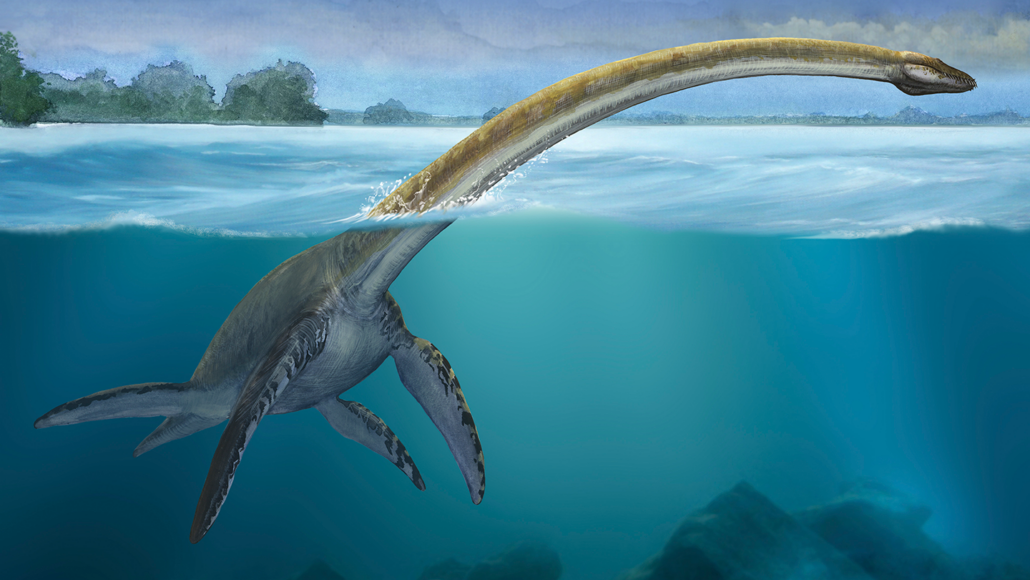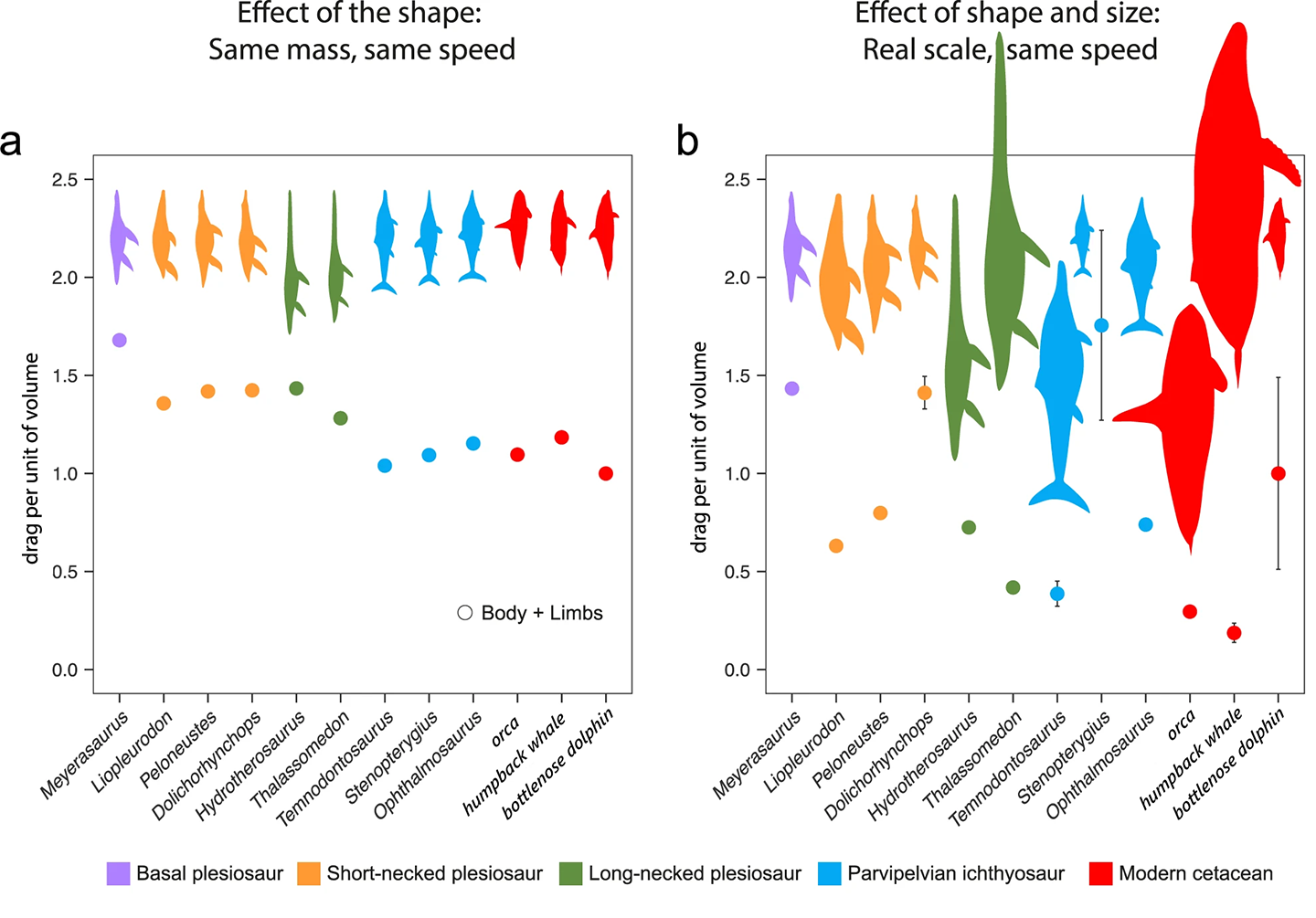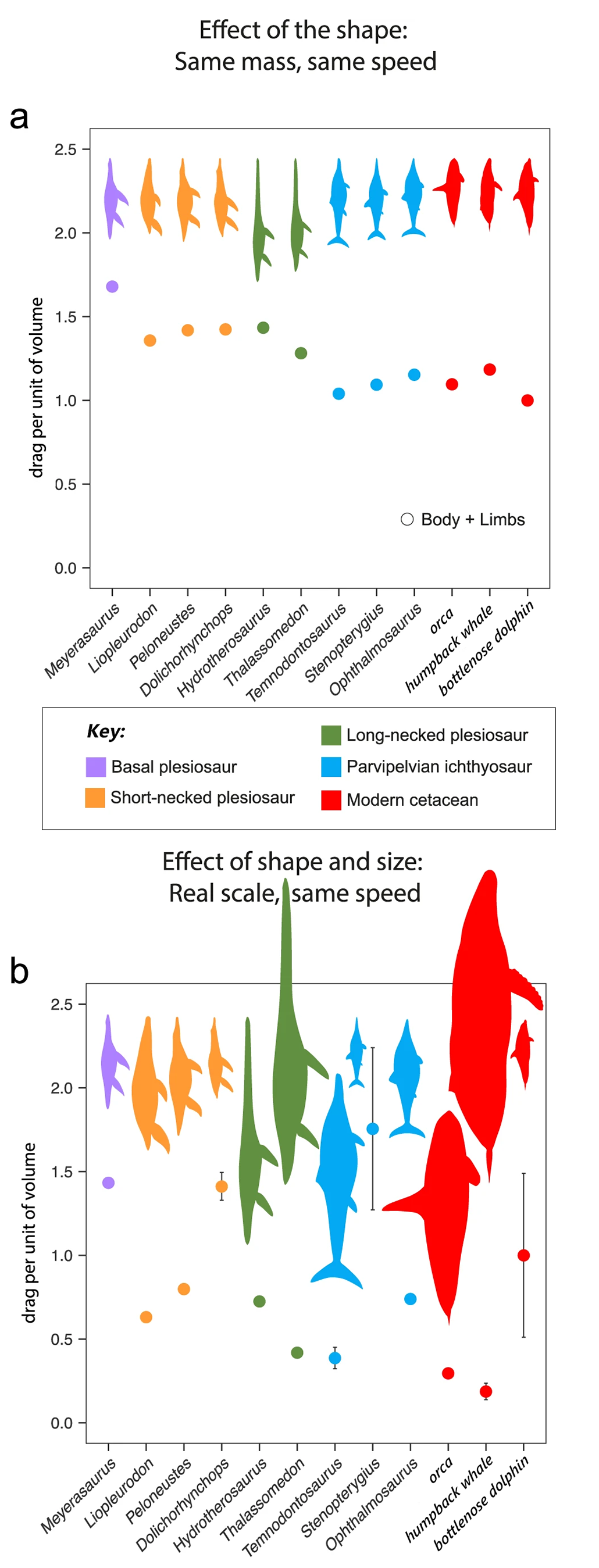biologist: A scientist involved in the study of living things.
biology: The study of living things. The scientists who study them are known as biologists.
blue whale: A species of baleen whale (Balaenoptera musculus) that is the largest animal ever known to have existed. They can grow to lengths of 30 meters (almost 100 feet) and weigh up to 170 metric tons.
cetaceans: The order of marine mammals that includes whales, dolphins and porpoises. The baleen whales ( Mysticetes ) filter their food from the water with big baleen plates. The remaining cetaceans ( Odontoceti ) include some 70 species of toothed animals that include beluga whales, narwhals, killer whales (a type of dolphin) and porpoises.
colleague: Someone who works with another; a co-worker or team member.
computer model: A program that runs on a computer that creates a model, or simulation, of a real-world feature, phenomenon or event.
computer program: A set of instructions that a computer uses to perform some analysis or computation. The writing of these instructions is known as computer programming.
dolphins: A highly intelligent group of marine mammals that belong to the toothed-whale family. Members of this group include orcas (killer whales), pilot whales and bottlenose dolphins.
drag: A slowing force exerted by air or other fluid surrounding a moving object. It involves friction. But unlike simple friction, it increases with an object’s speed.
extinct: An adjective that describes a species for which there are no living members.
force: Some outside influence that can change the motion of a body, hold bodies close to one another, or produce motion or stress in a stationary body.
fossil: Any preserved remains or traces of ancient life. There are many different types of fossils: The bones and other body parts of dinosaurs are called “body fossils.” Things like footprints are called “trace fossils.” Even specimens of dinosaur poop are fossils. The process of forming fossils is called fossilization.
humpback: A species of baleen whale (Megaptera novaeangliae), perhaps best known for its novel “songs” that travel great distances underwater. Huge animals, they can grow up to more than 15 meters (or around 50 feet) long and weigh more than 35 metric tons.
ichthyosaur: A type of giant marine reptile that looks similar to a porpoise. It’s name means “fish lizard.” It was not related to fish or marine mammals, however. And although not a dinosaur, it lived at the same time as dinosaurs.
mass: A number that shows how much an object resists speeding up and slowing down — basically a measure of how much matter that object is made from.
Mesozoic: An era in geologic history that contained three related periods which became renowned for their large reptiles: the Triassic (which spanned from 251 to 199.6 million years ago), the Jurassic (which spanned from 199.6 to 145.5 million years ago), and the Cretaceous (which spanned from 145.5 to 65.5 million years ago).
Mesozoic Era: An interval of geologic time from about 252 million to around 66 million years ago. Often called the Age of Reptiles, this era includes the Triassic, Jurassic and Cretaceous periods.
model: A simulation of a real-world event (usually using a computer) that has been developed to predict one or more likely outcomes. Or an individual that is meant to display how something would work in or look on others.
orca: The largest species of dolphin. The name of this black-and-white marine mammal, Orcinus orca, means killer whale.
plesiosaur: A type of extinct marine reptile that lived at the same time as dinosaurs and is noted for having a very long neck.
prospect: (n.) The vista (as in what’s in view) or the future of something (such as whether it’s going to be successful).
reptile: Cold-blooded vertebrate animals, whose skin is covered with scales or horny plates. Snakes, turtles, lizards and alligators are all reptiles.
resistance: (in physics) Something that keeps a physical material (such as a block of wood, flow of water or air) from moving freely, usually because it provides friction to impede its motion.
sea: An ocean (or region that is part of an ocean). Unlike lakes and streams, seawater — or ocean water — is salty.
unit: (in measurements) A unit of measurement is a standard way of expressing a physical quantity. Units of measure provide context for what numerical values represent and so convey the magnitude of physical properties. Examples include inches, kilograms, ohms, gauss, decibels, kelvins and nanoseconds.
virtual: Being almost like something. An object or concept that is virtually real would be almost true or real — but not quite. The term often is used to refer to something that has been modeled by (or accomplished by) a computer using numbers, not by using real-world parts. So a virtual motor would be one that could be seen on a computer screen and tested by computer programming (but it wouldn’t be a three-dimensional device made from metal). (in computing) Things that are performed in or through digital processing and/or the internet. For instance, a virtual conference may be where people attended by watching it over the internet.
whale: A common, but fairly imprecise, term for a class of large mammals that lives in the ocean. This group includes dolphins and porpoises.










